Every now and then, a Silicon Valley startup launches with such an “absurdly” described mission that it’s difficult to discern if the startup is for real
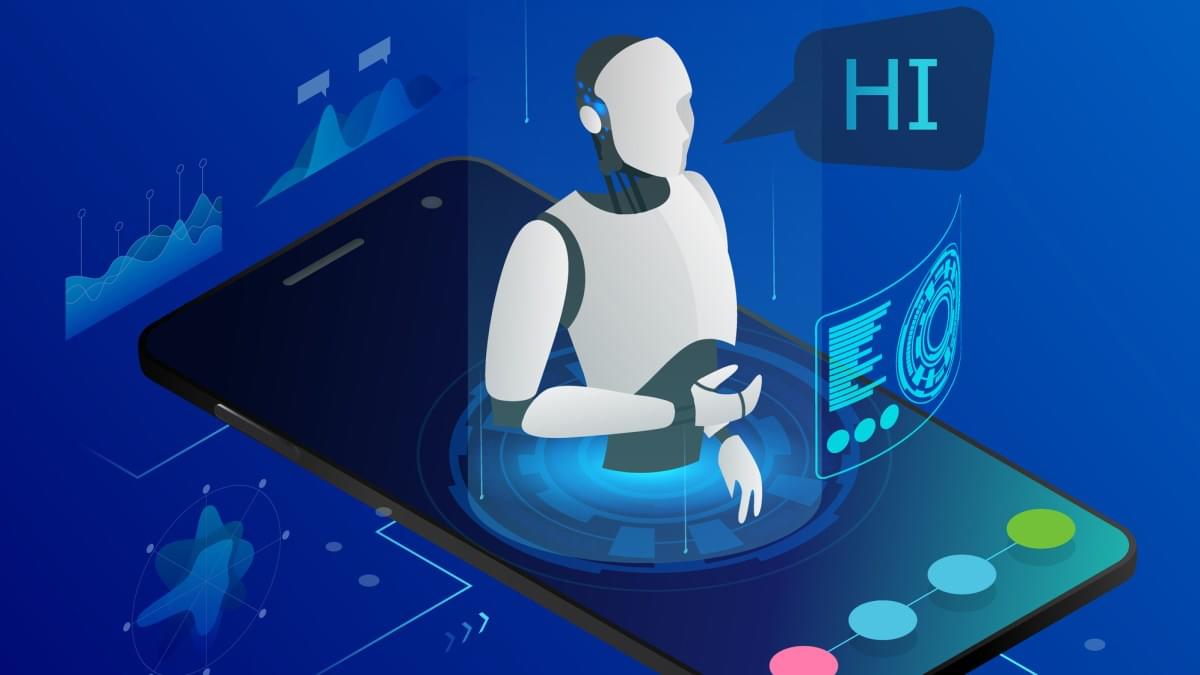

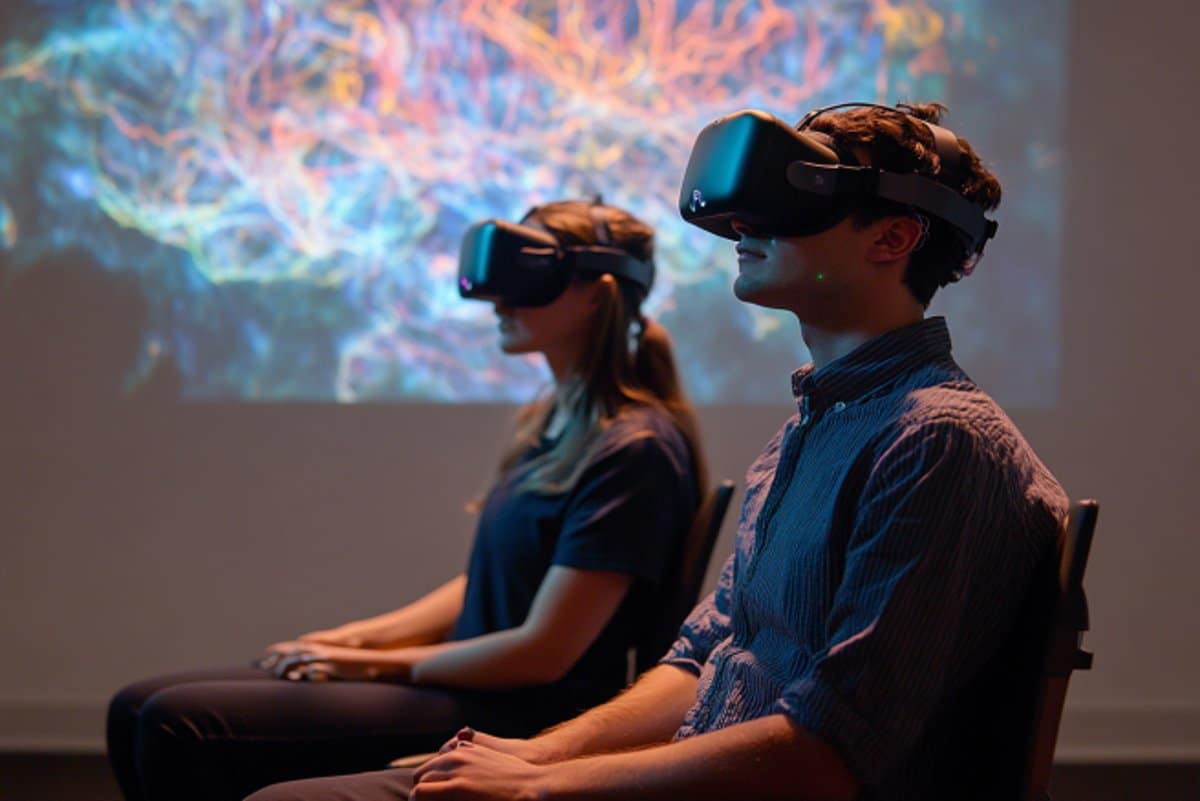
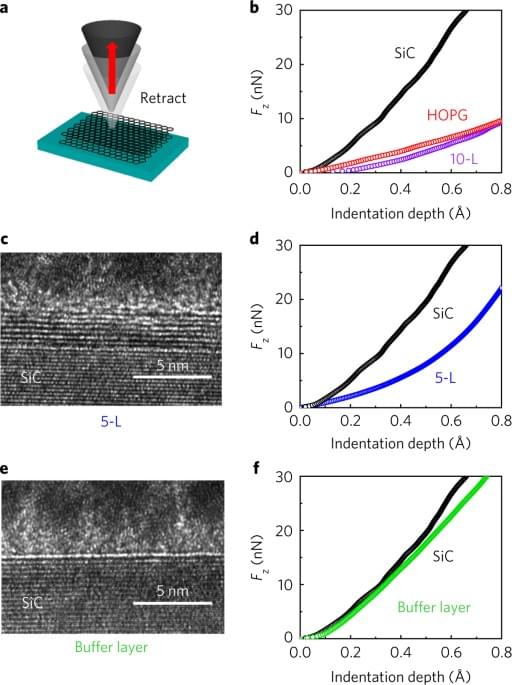
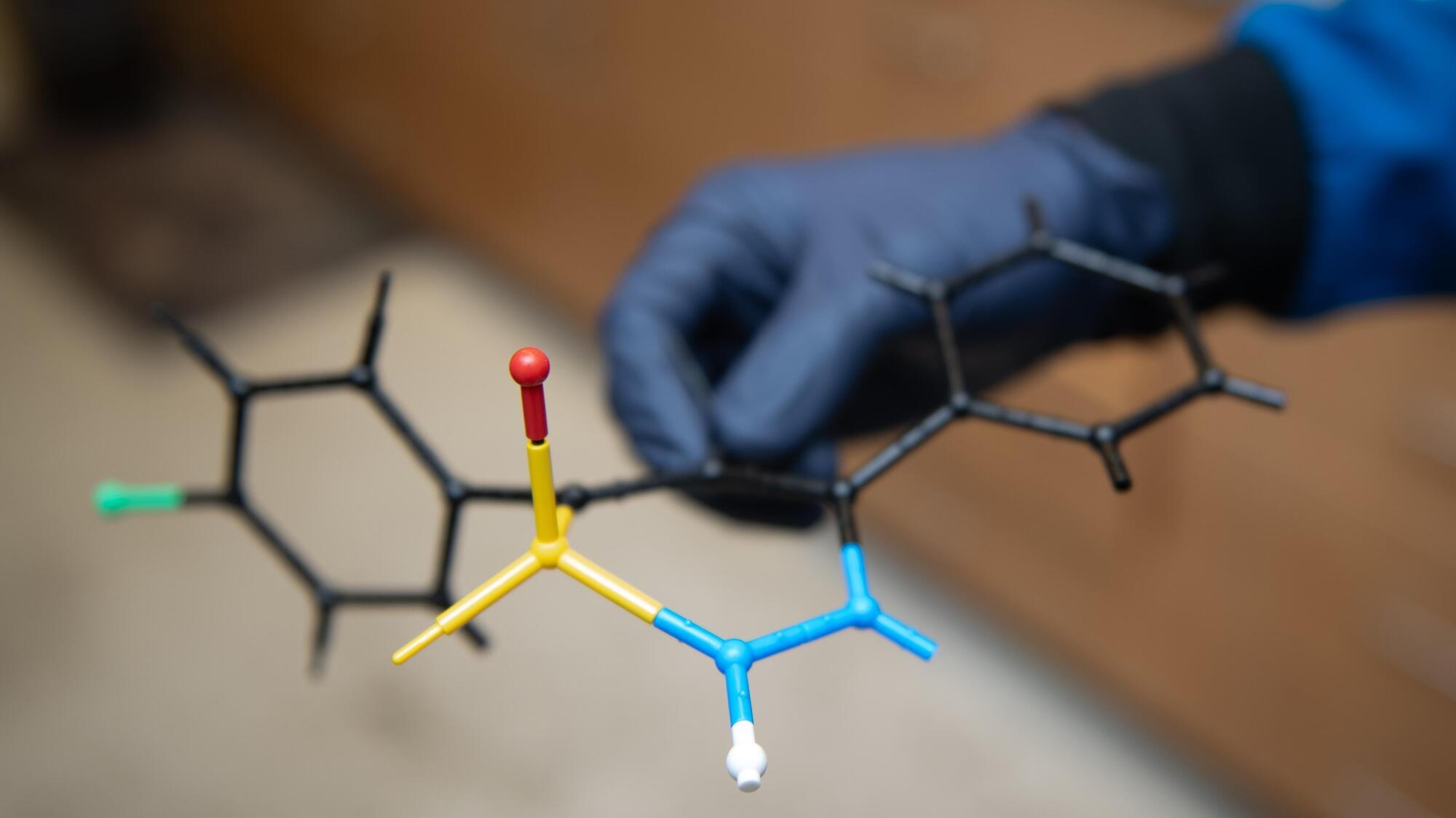

India’s space program is gaining momentum with astronaut Shubhanshu Shukla’s upcoming trip to the ISS as part of the Axiom-4 mission, marking the second Indian in space. Following this, the joint Indo-US NISAR satellite, a significant Earth observation project, is scheduled for launch in June. These missions highlight India’s growing capabilities and international collaborations in space exploration.

“In solid matter, heat is transferred both by mobile charge carriers and by vibrations of the atoms in the crystal lattice,” Garmroudi says, emphasizing that researchers have devised advanced techniques to engineer thermoelectric materials with exceptionally low thermal conductivity over the past few decades.
“In thermoelectric materials, we mainly try to suppress heat transport through the lattice vibrations, as they do not contribute to energy conversion,” he adds.
Garmroudi recalls developing the novel hybrid materials during his research stay in Tsukuba, Japan, supported by the Lions Award and carried out at the National Institute for Materials Science as part of his work at TU Wien (Vienna University of Technology).
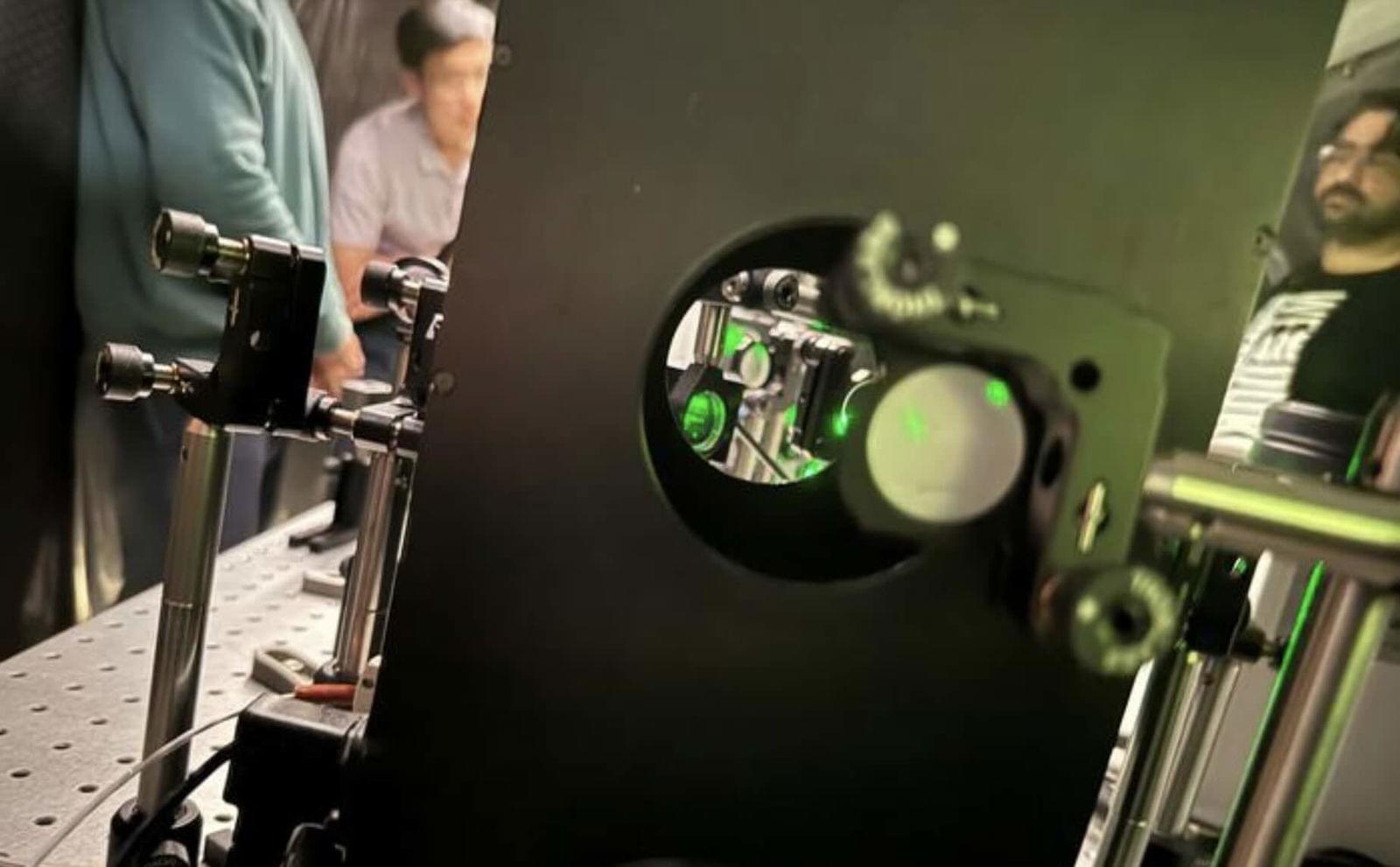
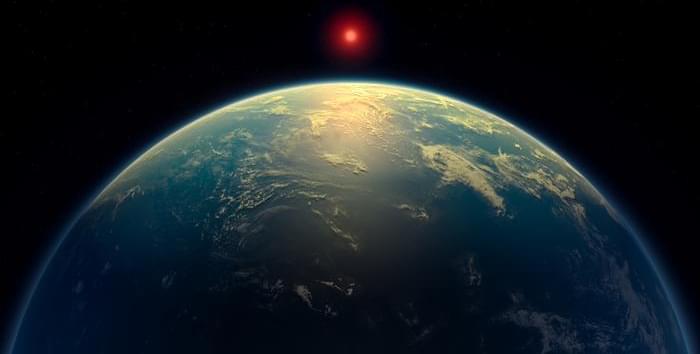
After confirming the potential historic observation, the results were evaluated for several possible errors. The work was also analyzed independently. Each time, the team came back to the conclusion that they may have found the first potential signs of life outside our solar system.
“It was an incredible realisation seeing the results emerge and remain consistent throughout the extensive independent analyses and robustness tests,” said co-author Måns Holmberg, a researcher at the Space Telescope Science Institute in Baltimore.
Notably, the concentrations of either DMS or DMDS spotted by JWST were thousands of times higher than concentrations found on Earth. According to the Cambridge astronomers, detecting high levels of either of these chemicals on Hycean (ocean) worlds due to large amounts of biological activity was previously predicted.

Consumer electronic devices are made from materials that we have been using for more than 60 years, mainly silicon, germanium and copper. Why have semiconductor electronics become increasingly fast over this time?
I would argue that this is due to miniaturization, or the ability to stack an increasingly large number of transistors in a dense integrated circuit (microchip). Some may argue that we are starting to reach limits in that miniaturization, as thin films approach a thickness of just about 10 nanometers, or even lower.
These nearly two-dimensional (2D) materials could be used to build the next-generation electronics. However, as electronic materials like silicon are miniaturized, they become less energy efficient.